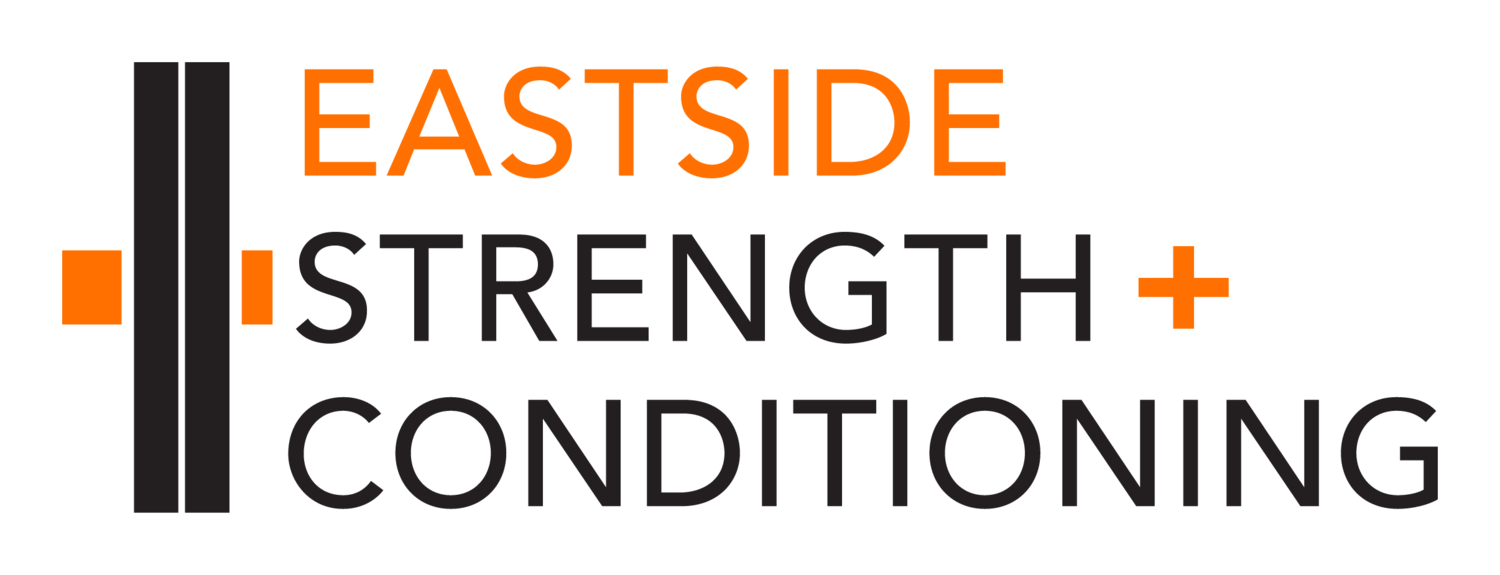Filtering by Category: Barbell strength training
Say cheese...

...it goes well with beer. Our in-house brewmasters and team-deadlifters, Sean and Brock, will be bringing a few different batches of homebrew (including the highly anticipated Overhead Pale Ale) Friday evening for all of us to sample and enjoy. Join us for the evening: we will have BBQs roaring. Bring your own meat to grill, and, if you so desire, veggies and/or side dishes to share.
Mark Rippetoe and Lon Kilgore, authors of the brand-new edition of their unparalleled weightlifting text "Starting Strength: Basic Barbell Training," will be here from Texas and looking forward to meeting y'all, so come by and say hello. Bring your friends and family and come hang out for the evening. We'll get going just after the 6:00-7:00 workout--so, starting about 7:15--this Friday evening, October 26.

We'll also have hot-off-the-press copies of the new book here for you to peruse.
One-hand deadlift
 Either hand may be used. The bar may be raised either in front of the lifter, as in a two-hand deadlift, or the lifter may straddle the bar. Hook gripping is permitted. The free hand may be used to brace against the legs and/or body but may not be a brace upon completion of the lift. Foot spacing is optional, but may not change once the lift begins. The bar must be raised to a point where both ends of the bar remain knee high and the legs must be straight. The hands may not be changed during the competition.
Either hand may be used. The bar may be raised either in front of the lifter, as in a two-hand deadlift, or the lifter may straddle the bar. Hook gripping is permitted. The free hand may be used to brace against the legs and/or body but may not be a brace upon completion of the lift. Foot spacing is optional, but may not change once the lift begins. The bar must be raised to a point where both ends of the bar remain knee high and the legs must be straight. The hands may not be changed during the competition.
Rack jerk
Pressing weight overhead makes you stronger. Jerking weight overhead allows you to move a greater load and provides an overload and strength development that pressing alone cannot meet. Good technique is critical, but it is not a substitute for strength. All pressing variations can and should be used when addressing your weak areas—static, push, and jerk variants.

This photo sequence shows a rack jerk done, in this case, from behind the neck. (It can also be done with bar racked on the front of the shoulder, as in a regular jerk.) Because the lifter takes the loaded bar from the rack and doesn’t have to clean it into position for the jerk, it can allow a greater load (and a greater overload stimulus).
Execution of the lift is the same as in the traditional manner, once the lifter gets tight and steps out of the rack with the bar. Upon setting the feet and structure (with a giant breath) the weight is jerked overhead to the extended arm receiving position as the lifter drives his body down under it and the feet out into a split stance. The lifter works to stabilize the load, and then steps the front foot back and the back foot forward (as on any split-style jerk), ending standing erect with feet aligned.
Barbell Press

 "You must find a way to get from start to finish, as best you can, solo. No one can give you a cup of fortitude, a neatly packaged perseverance bar. It must come from within."
"You must find a way to get from start to finish, as best you can, solo. No one can give you a cup of fortitude, a neatly packaged perseverance bar. It must come from within."CrossFit Total, September 2007
C'mon, squat!
Matt: You mentioned that your beginners squat every single workout. What is it about squatting that works so well at making kids so strong and big?
Rip: It’s because they’re so goddamn hard. They load the whole system, not just a piece of it. They essentially work all muscle groups underneath the load--which is all of them except the neck, and that is used isometrically. Its range of motion--when done correctly--is greater than a deadlift or power clean. Done with sufficient intensity and volume, it produces enough stress to evoke a hormonal response, something no isolation exercise--or circuit of isolation exercises--can do. Squats, better than any other single exercise, load the whole body in a way that causes the body to respond as a whole. [From an interview by Matt Reynolds.)




